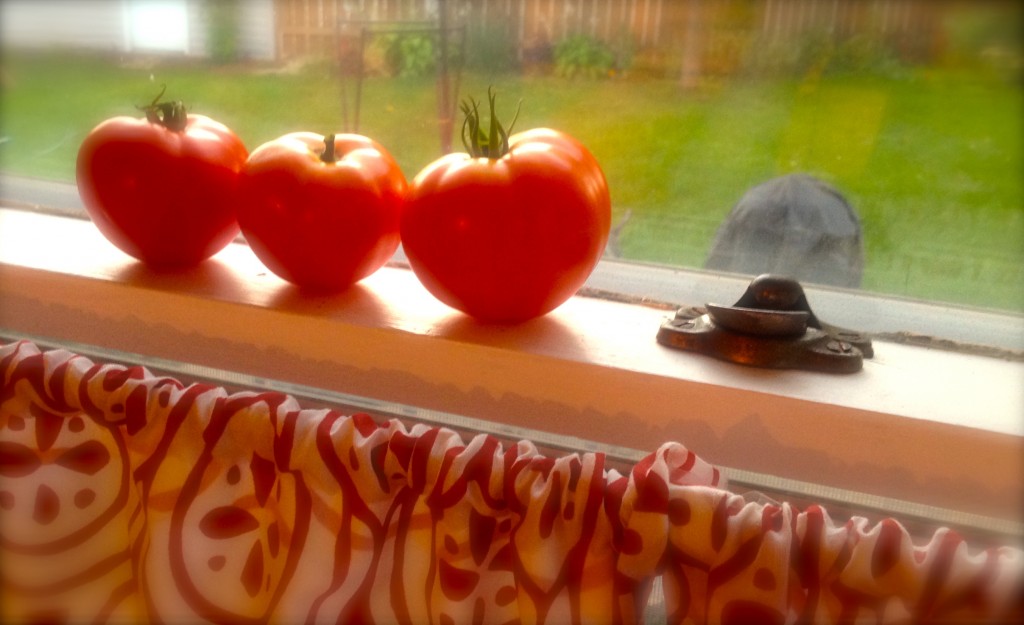
Most people have favorite food memories—maybe a favorite holiday dish or fresh local fruit at its peak. Sociologist Jennifer Jordan talks to The Lake Effect about her new book Edible Memory, all about how food shapes culture, culture shapes food, and collective memory forms around what we grow, cook, and eat.
Jordan says that collective memories come from pieces of the material world, and that food memories are both personal and social. A personal memory about kitchens, food, and gardens often speaks to broader patterns of those things at a particular point in history or regional/local space because food is so often communal. Large groups may share similar food memories, revealing how food brings people together (and sometimes divides).
Tastes in foods change over time, too. Jordan says just as the broccoli florets people tried to feed to the dog as children become adulthood favorites, a similar phenomenon occurs on a much grander scale. The tomato, for instance, is technically a “new world” food from South America. When it reached Europe in the 15th and 16th centuries, people feared the fruit was toxic. Only recently has it become an essential part of the identity of food cultures including Italian and Spanish fare.
Meanwhile, in United States and elsewhere, we see the standardization of foods and genetic strains of produce. Instead of highly local heirloom tomato, a more mass-produced “beefsteak” variety better lends itself to feeding whole populations because of its hardiness during transport. Food, thus, becomes more homogenous on a national level, while, on the regional and local level there remains a more vibrant array of products: individual families and small-scale farmers preserve older genetic strains of plants and older family recipes that use regional produce. Consider okra in the American South, rhubarb in the upper Midwest, springtime fiddlehead ferns in the Northeast, or fresh avocados right off a Southern California tree—can’t you just taste them now?

Comments 6
bestdqfeedback — June 11, 2021
Many sites are available for the people to get to know details. One of them is the Dqfanfeedback site for the followers to read about the important details and other things related to the organization or shop you want to know.
bestdqfeedback — June 11, 2021
Many sites are available for the people to get to know details. One of them is the Dqfanfeedback site for the followers to read about the important details and other things related to the organization or shop you want to know.
MEMORIES OF KNOWLEDGE – there's a beef, about BEEF ! — November 17, 2022
[…] Transnationalism in Chitrita Banerji’s Culinary Memoirs – Sucharita Sarkar, July 2019Food and Collective Memory – The Society Pages, Sarah Catherine Billups, May 13, 2015Memories of a Dish: Personal and Cultural Identities Expressed Through FoodTechnics and Time – […]
HenryJackson — February 24, 2023
Thanks for this article.
DQFanSurvey.com — December 8, 2023
If you have been to Dairy Queen in the recent few months, it's conceivable that you have noticed written on your receipt is a DQ search code. You may print out a voucher valid for a free Dilly bar by using this code. DQFanSurvey.com
Olivia — March 12, 2024
Of course, each of us has a favorite dish, you shouldn’t divide food into healthy and unhealthy, you just sometimes need to limit yourself to fatty foods. I really love tacos and most often allow myself such food only at parties. Besides, now you can find really cool taco van hire that will do everything for you